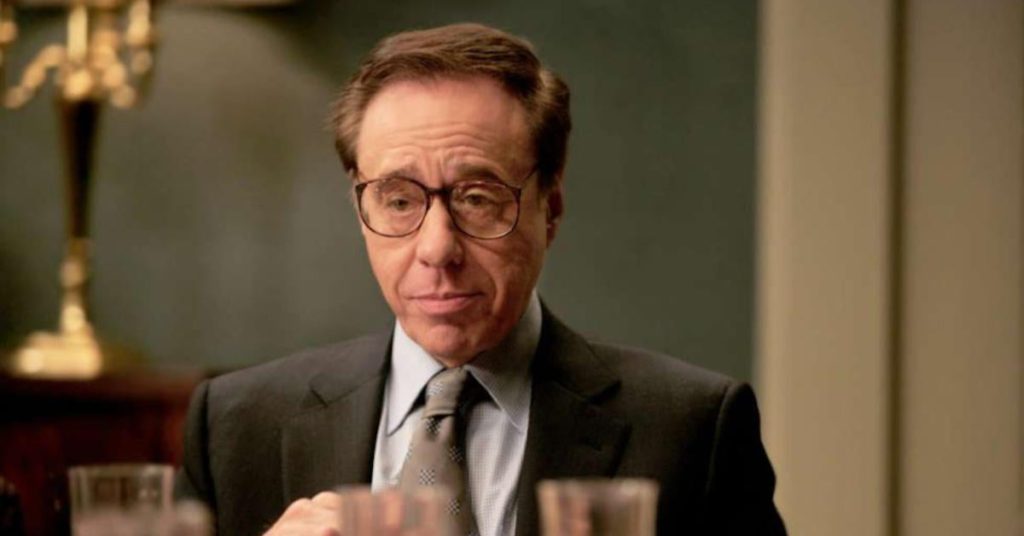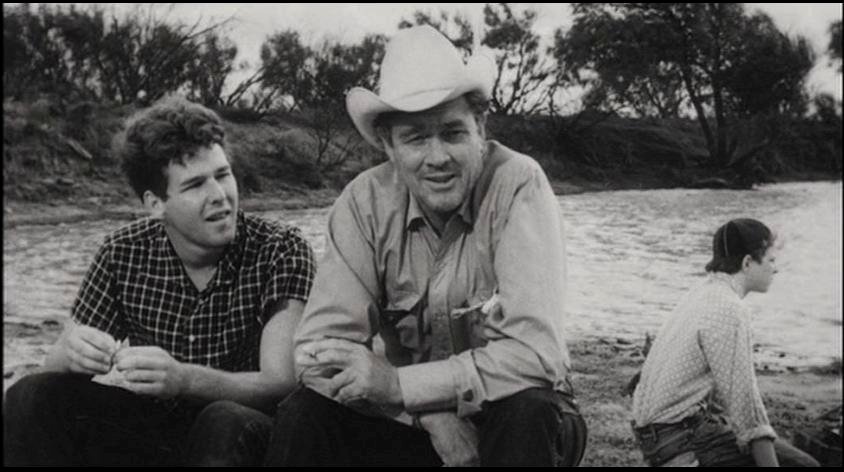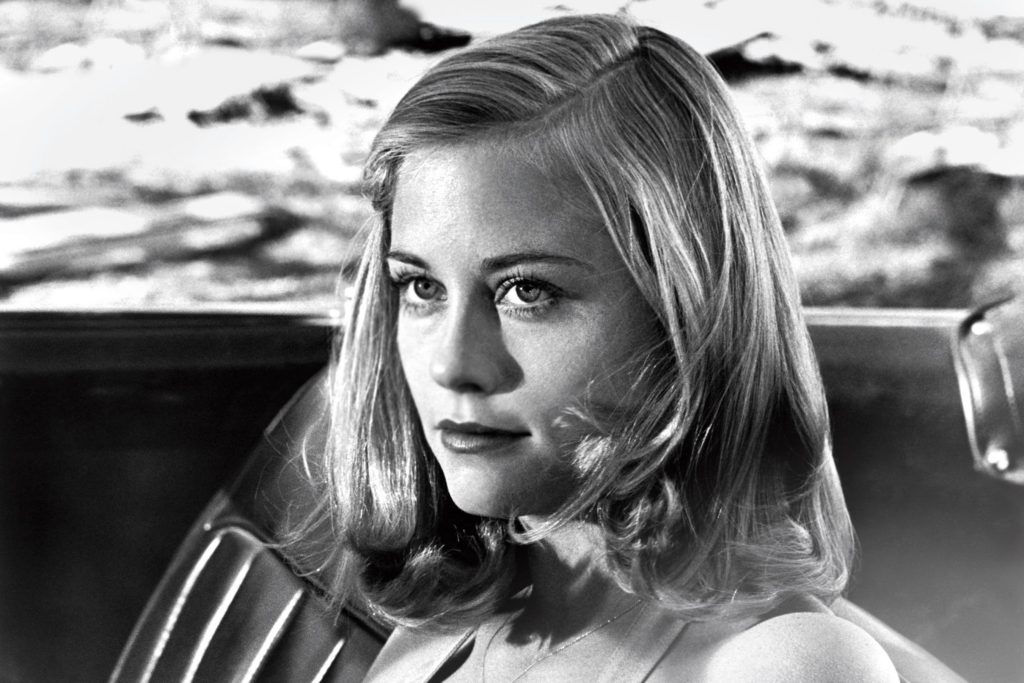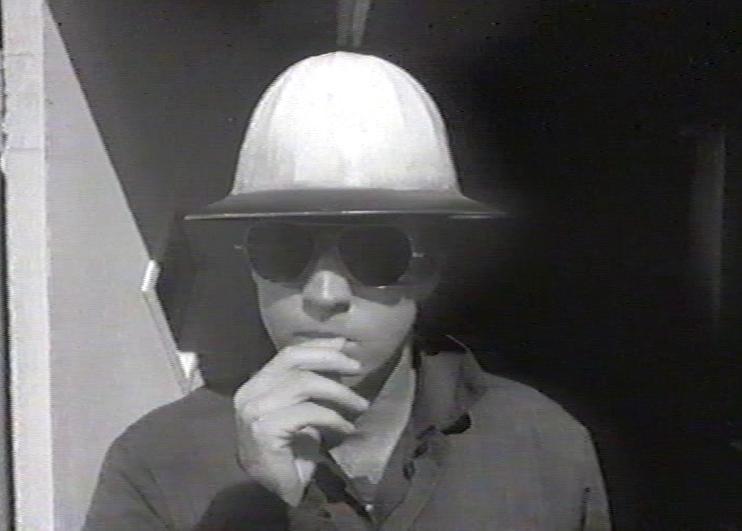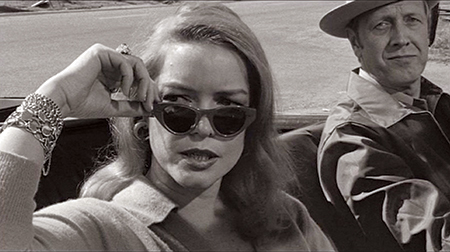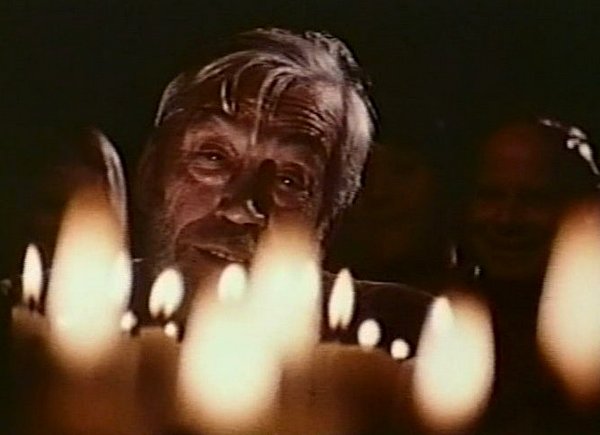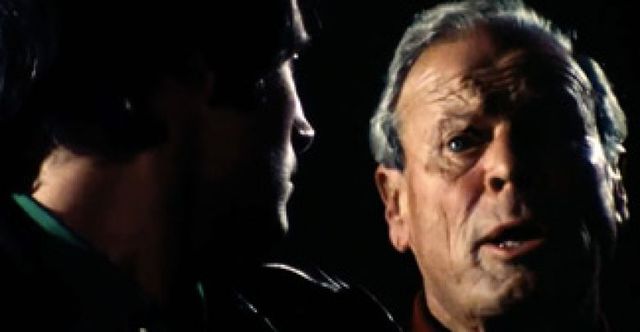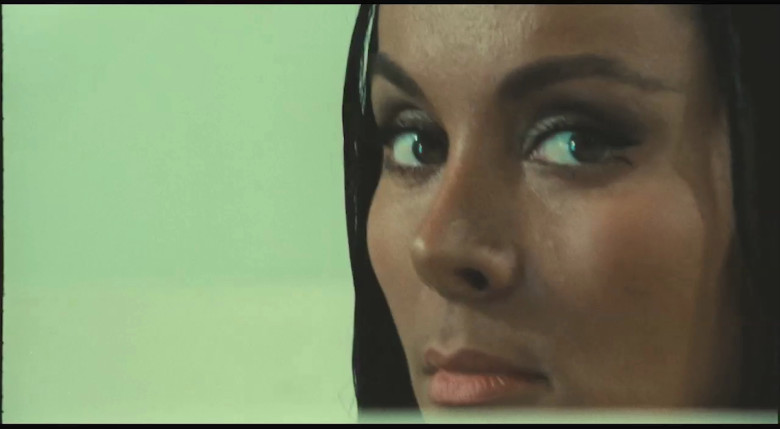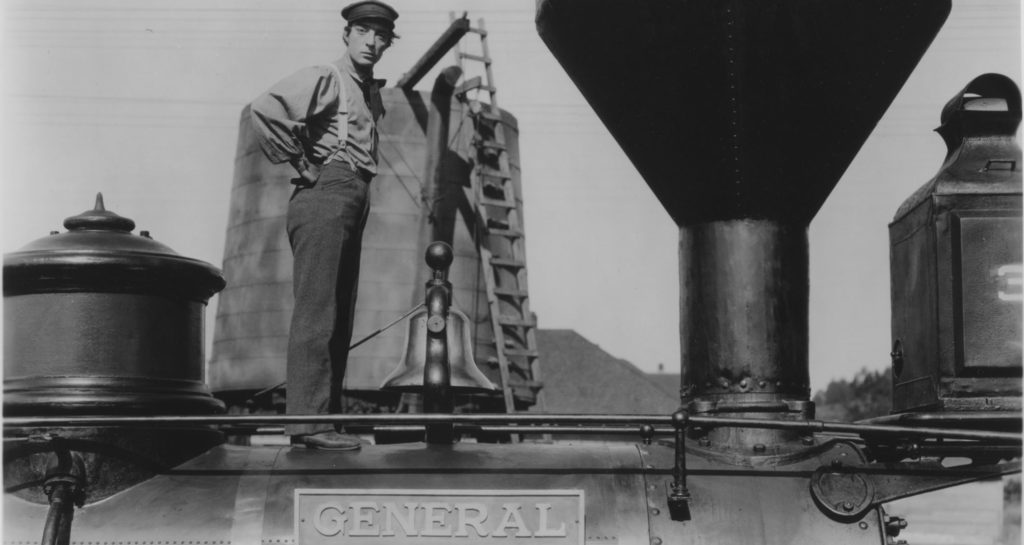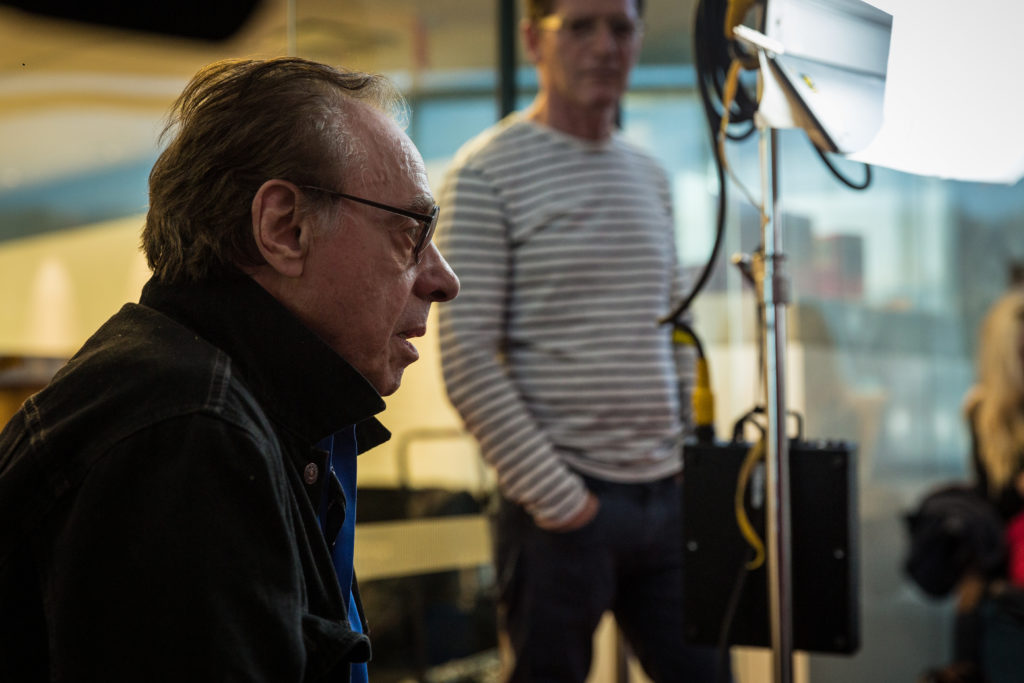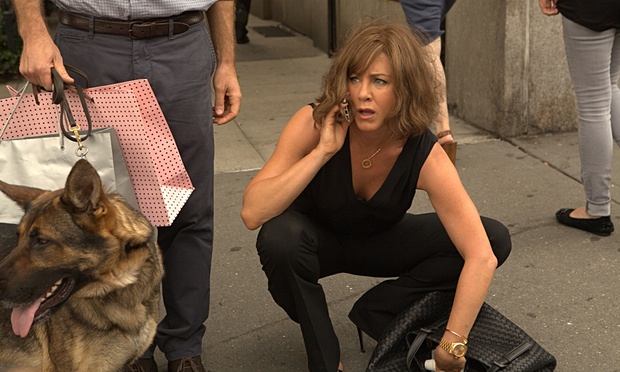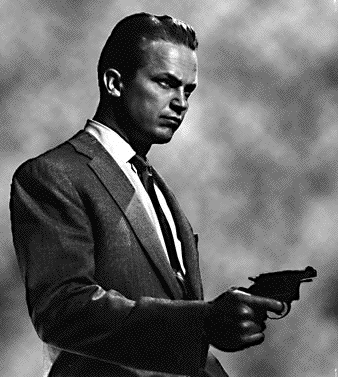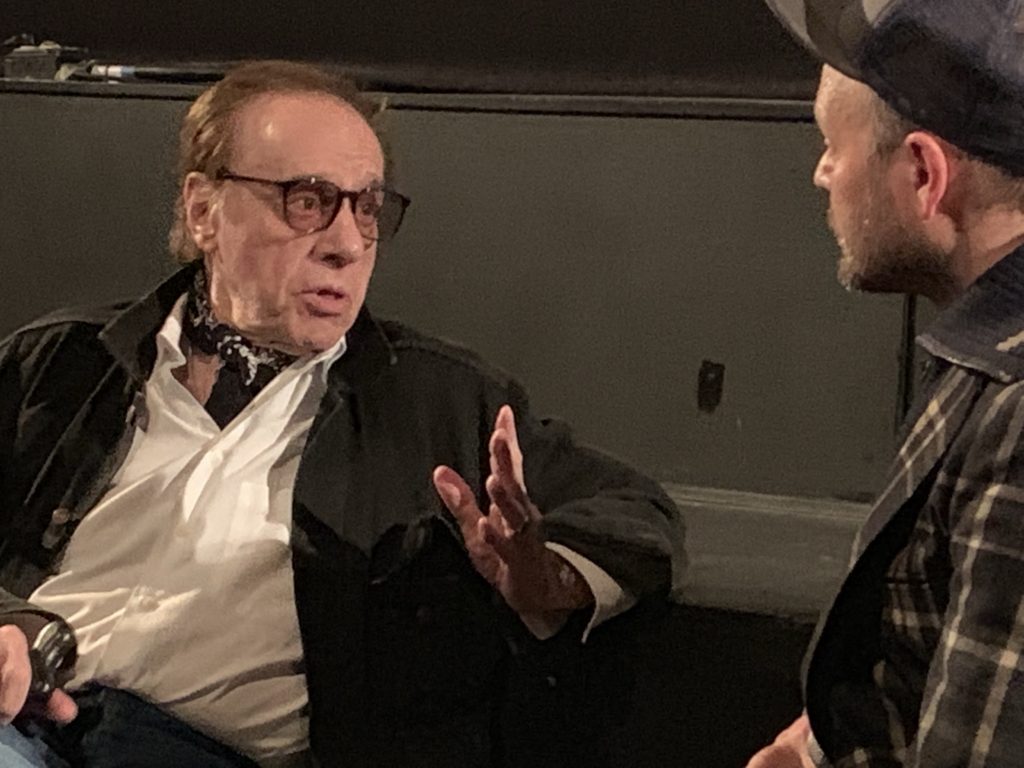
Peter Bogdanovich will rightly be remembered as the writer-director of at least one undisputed masterpiece, The Last Picture Show. He also directed some near-masterpieces and some infamous flops. But he was also a popularizer of film history and an unsurpassed raconteur. The NYT could appropriately describe his life and career as “a Hollywood drama”.
From childhood, Bogdanovich was a movie fan, who made himself into a film historian before most folks even knew that was a thing. His interviews with John Ford, Orson Welles and Alfred Hitchcock were important documents of film history and helped Americans appreciate own own auteurs. He bookended his own career with auteur documentaries. In 1971, he made Directed by John Ford. In 2018, his The Great Buster celebrated an even greater genius than Bogdanovich (who didn’t get a redemptive final act like Bogdanovich’s).
As a very young man, Bogdanovich became an actor, and he always seemed to be performing. Here is a guy who interviewed Welles, Hitchcock and Ford, and he likely imagined himself being interviewed someday. When he got the chance to spin tales, he gloried in it.
An unashamed name-dropper, Bogdanovich was the master of the colorful Hollywood anecdote (including some he may have embellished). He got to tell his own story in the first season of the Turner Classic Movies podcast The Plot Thickens, which I highly recommend.
He relished his Hollywood rise without appreciating that a fall was possible. Bogdanovich’s ego led to some miscalculations in business decisions so staggering that they have made some of his films “lost films”, unable to be seen for decades.
The reason that Woody Allen, who also made films for adult audiences, could direct 57 films is that his sister, Letty Aronson, produced the last 33 of them; they lined up financing for modest budgets and stuck to them; Peter Bogdanovich (and Orson Welles) let grandiosity overpower discipline, which meant living with the consequences of self-indulgence and the taking of big risks.
One of my own greatest moviegoing experiences was sitting next to Bogdanovich (yes, in the immediately adjacent seat) during a rare screening of They All Laughed. Another was being in the audience when the Roxie Theater screened The Last Picture Show (and the hard-to-find Saint Jack – with Bogdanovich in attendance for two Q&A sessions.
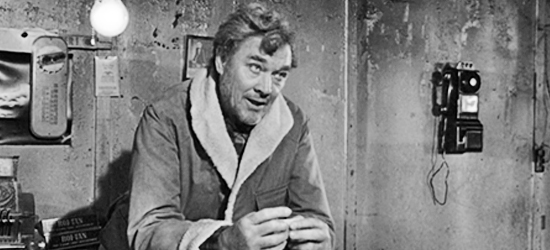
Four Bogdanovich films are among my all-time favorites:
- The Last Picture Show: It’s a movie about kids that is best appreciated by grown-ups, especially grown-ups with some mileage on them. When I saw The Last Picture Show at San Jose’s domed Century Theaters in 1971, I was the same age as the main characters, and I was especially interested in their sexual escapades. It’s a remarkable thing to watch a coming of age story about 18-year-olds when you are 18 and then again forty years later when you know stuff. Nominated for eight Oscars, it won two.
- What’s Up, Doc?: The EXTENDED closing chase scene is among the very funniest in movie history – right up there with the best of Buster Keaton; Streisand and O’Neal lead an ever-growing cavalcade of pursuers through the hills of San Francisco, at one point crashing the Chinese New Year’s Day parade. Bogdanovich’s hero Howard Hawks, the master of the screwball comedy, would have been proud.
- Saint Jack: This cynical neo-noir set in Vietnam-era Singapore benefited from great performances by Ben Gazzara and Denholm Elliott, and the only movie appearance by Monika Subramaniam. Bogdanovich shot the film guerilla-style, pretending to the local authorities that he was following a more politically acceptable script. After years of being very hard to find, Saint Jack is finally available to stream.
- They All Laughed: This film elevates the entire rom com genre. The middleaged romance between Ben Gazzara and Audrey Hepburn is exquisitely wistful and authentic. John Ritter leads an endearingly funny supporting cast with Patti Hansen, Blaine Novak, Dorothy Stratton and Colleen Camp. Ritter’s comedic performance is itself a masterpiece – right up there with the best of Chaplin, Keaton and Cary Grant. They All Laughed remains an essentially lost film, although you can find the DVD.
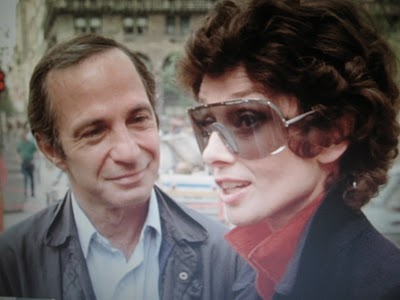
Other fine Bogdanovich films include Paper Moon, Mask and The Cat’s Meow.
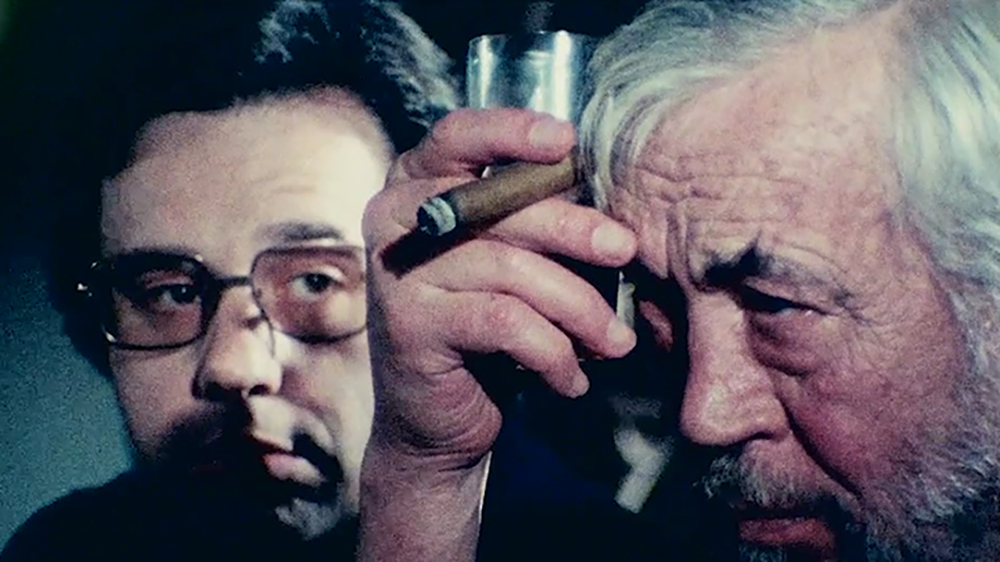
During his heyday in the 1970s, he acted (playing essentially himself) in the Orson Welles masterpiece The Other Side of the Wind, released in 2018. Late in his life, he became well-known to fans of The Sopranos by playing Tony Soprano’s psychiatrist’s psychiatrist.
Cinema was better – and more colorful – because of Peter Bogdanovich. I’ll miss him.
